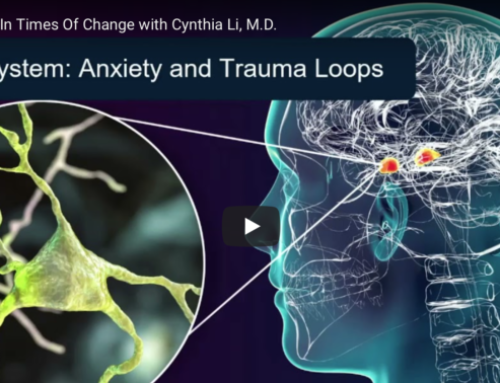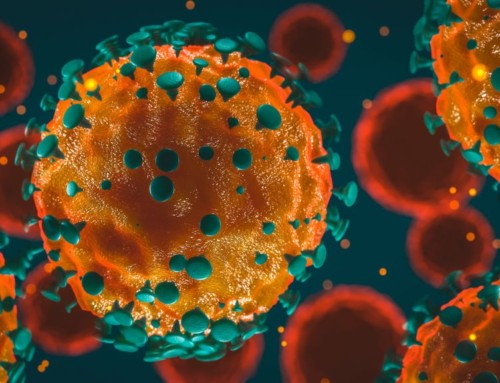Paleo diets have many versions and connotations, and they can also be quite dogmatic in certain circles. A more appropriate term to describe my personal/professional approach to food is “ancestral” or “traditional” foods.
A Paleo diet can be a helpful foundation for people b/c it encapsulates the principles of biodynamic farming, environmental awareness, removal of foods that are inflammatory and/or difficult to digest, and automatically leaves out gluten and dairy. So for people who need and prefer more specific guidelines and want a more drastic change, the core Paleo diet can be very useful. Even within the Paleo diets, there are low carbohydrate versions and higher carbohydrate versions– it is not a one-size-fits-all approach. The core Paleo diet actually coincides very nicely with other types of healthful diets, like the Alkaline Diet. What has happened is that a lot of the Paleo world has gone hog wild on the meats portion of this, so are eating less vegetables and more meat than what our ancestors ate. Meat protein is acidifying, whereas the fats are neutral. That said, when one goes from a Standard American Diet to any of these ways of eating that largely eliminates processed food, artificial and refined sweeteners, and empty calories, the results are quite remarkable.
Food, like everything else, is much more complex today. The amount of choice can be overwhelming. There are individual, family, or community factors to take into account. When appropriate, it is important to individualize it and to allow for flexibility, especially since mental/emotional stress is, in and of itself, counter to health and proper digestion. What all ancestral diets (and even those as recent as a few generations ago) have in common are (1) regular naturally-fermented foods, (2) lots of fresh vegetables and fruits, (3) healthy, natural fats (a lot of them animal fats, with high amounts of fat-soluble vitamins), and (4) proper food preparation (soaking, sprouting, and/or fermenting foods that are either hard to digest or have poor nutritional availability if not prepared correctly). Beyond that, there is a wide variation of traditional diets: some indigenous cultures like the Kitava in the South Pacific have ~70% of their diet as carbohydrates, mostly in the form of root vegetables; then there are peoples like the Inuit who have almost all their food in the form of fats– a huge variation. Ethnic background may also contribute significantly to individualized approaches.
It also matters in terms of food choices how healthy one’s digestive tract is, and what one’s genetic backbone is. If you have no signs of digestive dysfunction– which I have yet to find anyone who is otherwise– and are in great overall health, you will have a lot more flexibility in what you can eat without running into trouble (but your children may, due to epigenetic changes). Genetics plays a big part in baseline resilience. For those who have digestive or emotional challenges, or autoimmune or metabolic imbalances, the modified Paleo diets can be really healing if one can abide by it in its original intent.
In our family, we incorporate all of the traditional foods, and also add in mostly safe starches: lots of yams and sweet potatoes, some white rice and white potatoes, and on occasion, sprouted grains like germinated brown rice, sprouted corn tortillas, etc. We also do lentils, quinoa, and some beans perhaps once every couple of weeks, soaked and sprouted as often as possible.
A funny anecdote about Paleo diets: Last week, we got a puppy. I went to check out the local neighborhood pet store for the first time. Over half of the dog foods said “grain free” on the front. I asked the pet shop owners if this was a new trend. They said that dogs do much better without grains! Go figure. We have a Paleo pup.






Dogs actually don’t do better on grain free. As it turns out, they can end up with a heart condition as a result of grain free diets long term. At least this is the latest science.
You are correct, thank you! This was an old post.